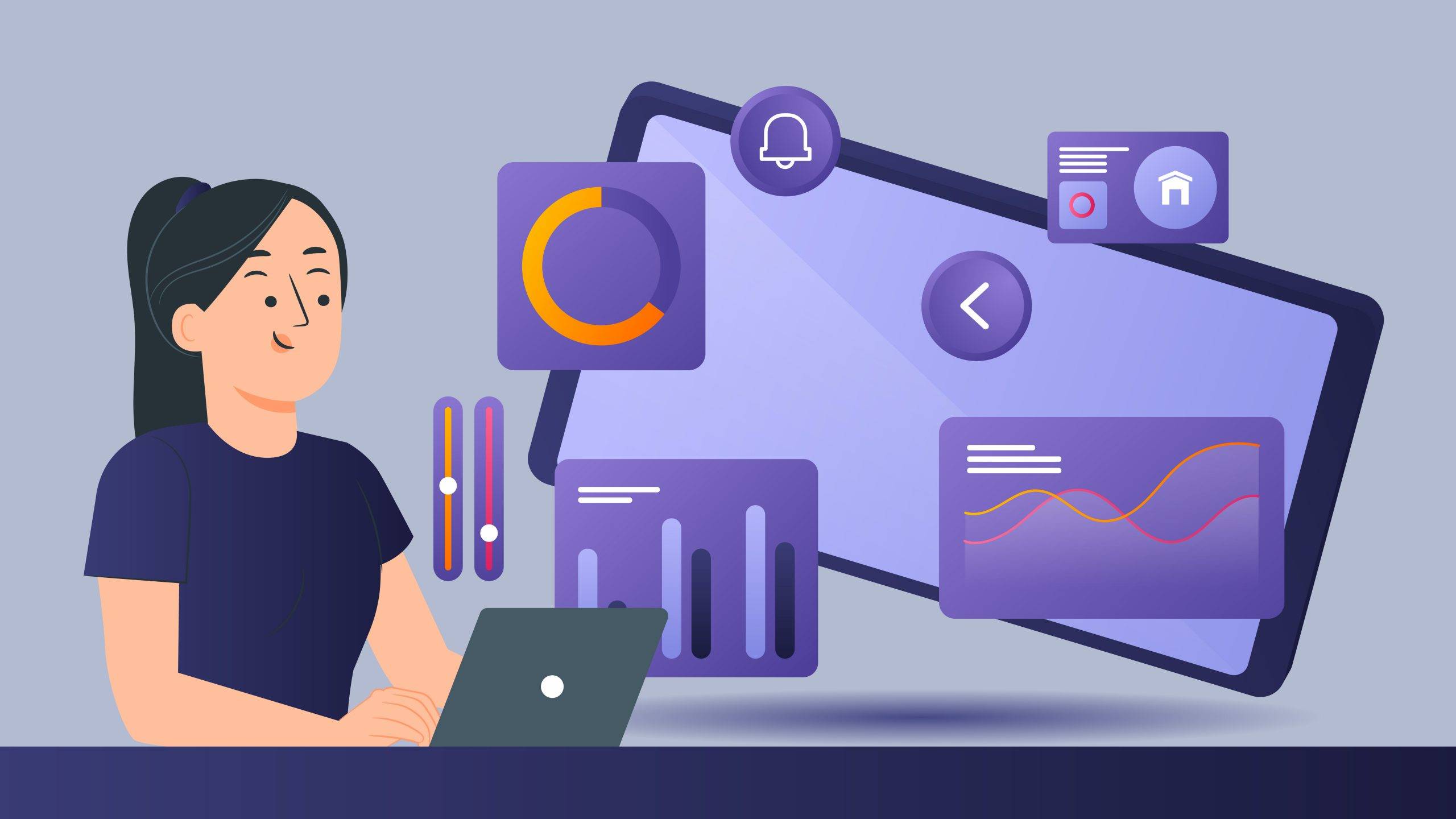Exploring the Different Types of TV App Testing: UI, UX, and Functional

- August 1, 2023
- admin
By providing a quick and engaging experience for consumers, TV apps have altered the way we consume entertainment. As these apps become an integral part of our daily lives, ensuring their smooth functioning, intuitive user interface (UI), and overall user experience (UX) becomes crucial. This article delves into the various types of TV app testing, including UI testing, UX testing, and functional testing, shedding light on their significance and impact on the success of TV apps.
Introduction
TV testing involves a series of evaluations and assessments aimed at guaranteeing the reliability, functionality, and usability of TV applications. These tests are essential to finding any problems and resolving them before the app is made available to end users, providing a smooth viewing experience.
In today’s highly competitive app market, delivering a flawless TV app experience is paramount. With users having countless options at their disposal, a poorly functioning app can lead to a loss of viewers and negative reviews. Thus, comprehensive TV app testing is essential for developers and businesses looking to stand out from the crowd.
Understanding TV App UI Testing
UI testing is concerned with the app’s user interface—the visual and interactive elements users interact with. In the context of TV apps, UI testing takes into account factors like remote control navigation, on-screen keyboard usability, and menu layout. The testing process involves examining the app’s responsiveness to user input and ensuring consistent design elements across different screens.
The benefits of UI testing are multifaceted. It helps identify issues such as unresponsive buttons, improper focus handling, or design inconsistencies that may hinder the user experience. Developers may make TV apps that are simple to use and aesthetically pleasing by taking these issues into account.
To conduct UI testing, developers can utilize specialized tools like “Appium” or “Selendroid,” which enable automated testing across various TV platforms.
Exploring TV App UX Testing
While UI testing focuses on the app’s appearance, UX testing delves deeper into the overall user experience. This testing assesses how users feel while interacting with the app and aims to ensure that the app fulfills its intended purpose seamlessly.
TV app UX testing considers factors like content accessibility, content organization, and user flow. By evaluating these elements, developers can optimize the app’s usability and address potential user frustrations.
To measure user experience, developers can employ user feedback surveys, user behavior analysis, and heat maps. These methods provide valuable insights into how users engage with the app and help identify pain points that require improvement.
The Significance of Functional Testing for TV Apps
Functional testing is a critical aspect of TV app development, focusing on the app’s core functionality. This testing verifies that the app performs as intended and that all its features work correctly. It also aims to uncover any functional defects that might affect the app’s reliability.
A variety of tests, such as unit testing, integration testing, and system testing, are included in functional testing for TV apps. This procedure greatly benefits from automation, which makes testing cycles quicker and more effective.
By conducting rigorous functional testing, developers can ensure that the app performs flawlessly across various scenarios and that users can enjoy a smooth experience without encountering technical glitches.
Differences Between TV App Testing and Mobile/Web App Testing
TV app testing presents unique challenges compared to testing for mobile or web applications. One of the primary differences lies in the user interface, as TV apps require navigation via a remote control rather than touch or mouse input.
Additionally, TV apps must cater to various screen sizes and resolutions, necessitating compatibility testing across different devices. As opposed to mobile apps, which are typically used by individuals, TV apps often cater to groups of viewers, adding another layer of complexity to testing.
To accommodate these differences, developers need to adapt their testing strategies accordingly, ensuring a seamless experience for all users.
Best Practices for TV App Testing
To achieve comprehensive TV app testing, developers should follow best practices to maximize efficiency and accuracy. This includes creating detailed test plans that cover all aspects of testing, from UI and UX evaluations to functional verifications.
Real device testing is crucial, as it allows developers to assess the app’s performance under real-world conditions. Additionally, conducting inclusive testing for different user groups ensures that the app is accessible to all viewers.
A continuous testing approach, accompanied by a feedback loop, aids in identifying and resolving issues promptly, leading to continuous improvement in app quality.
The Future of TV App Testing
Future TV app testing is expected to experience many breakthroughs as technology develops. With AI and ML integration, testing processes can be automated and optimized, resulting in more efficient and accurate evaluations.
Additionally, virtual and augmented reality are likely to play a role in TV app testing, offering a more immersive testing environment. Developers can use VR/AR to simulate user experiences and identify potential areas for improvement.
Conclusion
TV app testing is a fundamental aspect of the app development process, ensuring that TV apps function smoothly, deliver an outstanding user experience, and stand out in a competitive market. By conducting UI testing, UX testing, and functional testing, developers can create TV apps that captivate and retain users.
In conclusion, investing in thorough and continuous testing processes is essential for TV app developers and businesses aiming to provide high-quality apps that keep users engaged and satisfied.











